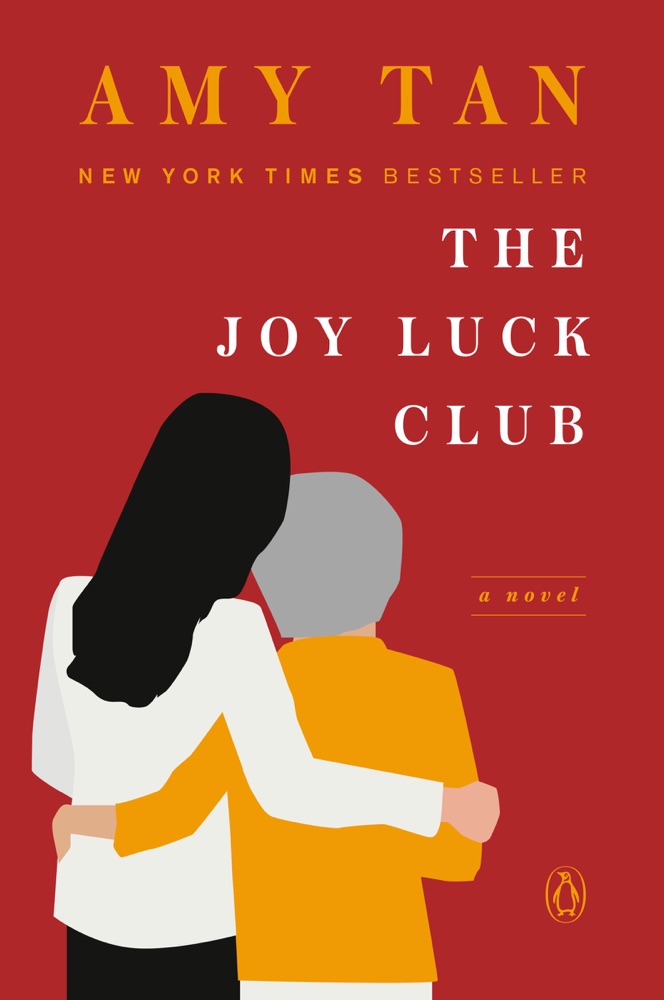The Joy Luck Club, a remarkable narrative woven by the talented Amy Tan, invites readers into the intricate tapestry of Chinese-American experiences as seen through the eyes of mothers and daughters. Have you ever wondered how cultural heritage shapes our identities and relationships? The interplay between Eastern traditions and Western influences forms the crux of this poignant tale, showcasing a spectrum of emotions, challenges, and revelations that resonate deeply with readers across various backgrounds.
The novel serves as a poignant exploration of the strains that culture and generational gap can impose on familial relationships. At the heart of the story are four Chinese immigrant mothers, each with their unique tales of sorrow and triumph, contrasted by their American-born daughters who grapple with their identities and cultural disconnect. This duality poses an intriguing challenge: how do we bridge the chasm between generations, especially when the very essence of our identity seems to be at odds with our heritage?
Each mother-daughter pair represents a chapter in this rich narrative, allowing Tan to delve into themes of sacrifice, disappointment, and understanding. Take, for instance, the relationship between Suyuan Woo and her daughter, Jing-mei. Suyuan’s dreams for her daughter were laden with expectations tied to her Chinese upbringing, while Jing-mei embarked on her own journey of self-discovery, often entangled in a struggle against her mother’s aspirations. This dynamic illustrates a perennial conflict faced by many: the desire to honor one’s roots while asserting individuality.
As the plot unfolds, we encounter the complexities of identity further through the stories of Lindo Jong and her daughter, Waverly. Lindo’s struggles to maneuver between cultural expectations and her desire for her daughter’s independence make for compelling storytelling. Their contrasting perspectives highlight an essential question: can one ever truly reconcile the divergent paths influenced by culture and personal ambition? This conflict reveals a fascinating insight into how our backgrounds shape perceptions, grievances, and even aspirations.
One of the most striking elements in The Joy Luck Club is how the past and present are intricately interwoven, demonstrating the continuous flow of influence between generations. The mothers often reflect on their tumultuous youth in China — tales of sacrifice, war, and heartbreak resonate through time, shaping their daughters’ identities even when they appear disassociated. As readers, we are challenged to reflect on our own legacies. What stories linger in our families, waiting to be told or understood? And how do those stories mold who we are?
Tan’s eloquent prose is rich with metaphors and vivid imagery, making the sensory experience of reading her work immensely pleasurable. For instance, she describes the green-eyed Waverly as a chess prodigy, articulating her strategic prowess both in the game and her relationship with her mother. Such descriptions elevate the narrative, allowing readers to visualize and feel the tension, warmth, and love that exist in ordinary interactions. The artistry in Tan’s storytelling invites you to become a part of the narrative; you’re not just a bystander but an active participant in uncovering the intricate layers of familial ties.
However, the narrative does not shy away from exploring the darker facets of these relationships. Conflicts are rampant, misunderstandings abound, and resentment simmers just beneath the surface. The intensive emotional struggles faced by these women challenge the surface-level perceptions of motherhood and cultural adherence. When Jing-mei expresses her rebellion against her mother’s expectations, it becomes a poignant commentary on the loss of self in the face of duty—an enduring dilemma that continues to plagues many families today.
Moreover, Tan adeptly juxtaposes the struggles of the mothers with the daughters, revealing a pattern of miscommunication and lost opportunities. The book culminates in an exploration of forgiveness and understanding, presenting a hopeful message that despite the chasms of culture and time, reconnection is possible. Can we, too, learn to listen when it matters most? The Joy Luck Club gently nudges its readers toward this critical realization.
In terms of narrative structure, Tan employs a series of vignettes that offer varying perspectives, effectively conveying the kaleidoscopic nature of experiences within immigrant families. This non-linear storytelling method not only maintains interest but also illuminates the distinct yet interconnected lives of characters. Just as life oscillates between past and present, each story within the larger narrative enhances our comprehension of the whole. It beckons readers to analyze their own narratives: what threads unspool in our life stories, and how can we weave them better together?
Ultimately, The Joy Luck Club is more than just a chronicle of two generations; it’s a profound testament to the continuity of love, the weight of expectations, and the transformative power of understanding. By drawing readers into the emotional labyrinth of its characters, Amy Tan challenges us to introspect, to empathize, and, ultimately, to strive for unity amidst the discord of cultural disparity. The question lingers: how can we harness our narratives to build bridges, rather than walls, between generations?
With all its intricacies, The Joy Luck Club remains a literary gem that offers not only a glimpse into the lives of its characters but also a mirror reflecting our own familial dynamics. May its eloquent prose ignite sparks of curiosity and foster deeper connections within your own family story, challenging you to engage in those vital conversations that foster understanding and love, transcending generations. The challenge lies in the effort we make to listen, to share, and to honor the diverse narratives that shape our existence. Are you ready to embark on this journey of discovery?
